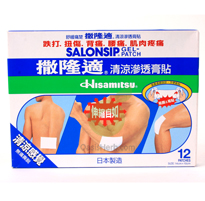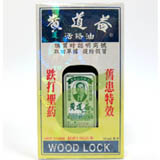 Some people say Chinese palm reading is superstitious. I disagree. In Western Medicine, scientists also use retrospective studies to identify individuals at risk of developing certain diseases (such as lung cancer).
Some people say Chinese palm reading is superstitious. I disagree. In Western Medicine, scientists also use retrospective studies to identify individuals at risk of developing certain diseases (such as lung cancer).
In the latest issue of British Journal of Cancer, investigators analyzed the right-hand pattern and prostate cancer risk in 5000 individuals.
Over a 15-year period, researchers from the University of Warwick and The Institue of cancer Research (ICR) collected data on finger length in 1,524 patients with prostate cancer as well as 3,044 healthy people.
They found that men with index finger longer ring finger had a lower risk (33% risk reduction) of getting prostate cancer. The risk reduction was even greater (87% reduction) in men younger than 60 years old. Men whose index and ring fingers were the same length had a similar prostate cancer risk to those with a shorter index than ring finger.
The author believed that the association between index finger and the risk of prostate cancer is related to the testosterone exposure inside the womb. Babies exposed to more males sex hormone testosterone are more likely to have shorter index fingers. However, exposure to high level of testosterone might lead to prostate cancer later in life. That is why individuals with shorter index finger are more likely to have prostate cancer.
This study indicates that fingers length might be a simple marker or preliminary diagnostic tool for prostate cancer risk, with length of index finger longer than ring finger suggestive of lower risk.
Source: British Journal of Cancer (2011) 104, 175-177
Please visit healthreason.com for more health related articles





